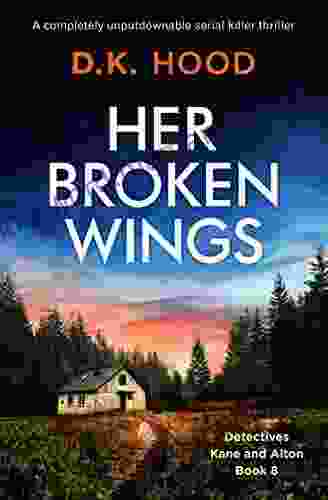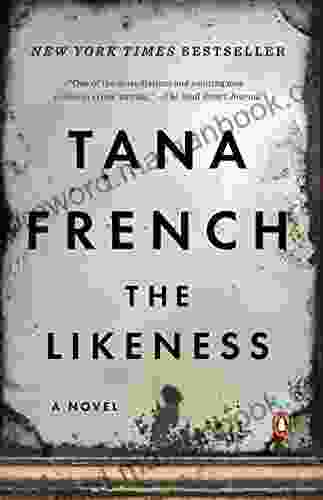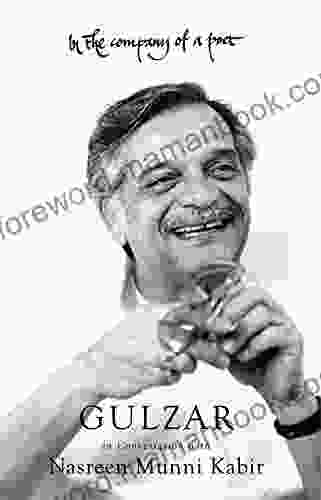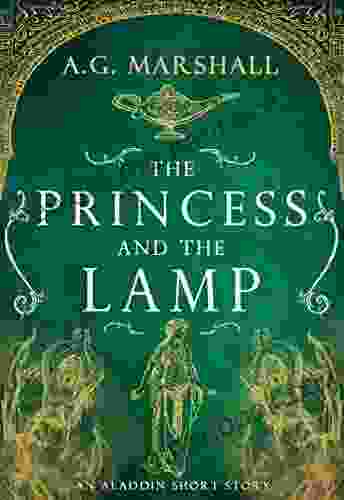Dress and Identity in British Literary Culture, 1870-1914: A Long Tail of Meaning

The period from 1870 to 1914 was a time of great social and cultural change in Britain. The Industrial Revolution had transformed the country's economy and society, and the rise of the middle class had led to a new consumer culture. These changes had a profound impact on the way people dressed, and clothing became increasingly important as a way of expressing individual and social identity.
Dress as Self-Expression
In the Victorian era, clothing was often used as a way to express one's personality and style. This was especially true for women, who had limited opportunities for self-expression outside of the domestic sphere. Fashion magazines and department stores played a major role in shaping consumer culture and influencing notions of identity and style. The rise of the 'New Woman' in the 1890s led to a more relaxed and informal style of dress that reflected the changing roles and expectations of women in society.
4.7 out of 5
| Language | : | English |
| File size | : | 143035 KB |
| Screen Reader | : | Supported |
| Print length | : | 208 pages |
| Hardcover | : | 182 pages |
| Item Weight | : | 15.5 ounces |
| Dimensions | : | 6.14 x 0.5 x 9.21 inches |
One of the most famous examples of the use of dress for self-expression can be found in the novel The Picture of Dorian Gray by Oscar Wilde. The protagonist, Dorian Gray, is a young man who sells his soul for eternal youth and beauty. As he descends into a life of hedonism and debauchery, his portrait ages and becomes increasingly hideous, while his own appearance remains unchanged. The contrast between Dorian's external beauty and his inner corruption is reflected in the way he dresses. In the early part of the novel, he is described as wearing "a suit of exquisite taste, a delicate piacere of lavender silk with a long waistcoat of white drill cloth and a pale lilac neckerchief". As he becomes more corrupt, his clothes become more extravagant and decadent, reflecting his inner state of mind.
Dress as Social Differentiation
Clothing was also used as a way to differentiate between different social classes in Victorian Britain. The upper classes wore elaborate and expensive clothes that were often made from luxurious fabrics such as silk and velvet. The middle classes wore more modest clothes that were still fashionable, while the working classes wore simple and often drab clothing. This distinction in dress helped to maintain the social hierarchy and to reinforce the class system.
In the novel The Importance of Being Earnest by Oscar Wilde, the protagonist, Algernon Moncrieff, uses his valet, Lane, to change his clothes several times a day. This allows him to maintain the appearance of being a wealthy and respectable gentleman, even though he is actually quite poor. Algernon's use of dress to deceive others is a reflection of the importance of clothing in Victorian society. It also highlights the way in which clothing can be used to create a false identity.
Dress as Political Critique
Clothing could also be used as a tool for political and cultural critique. In the late 19th century, the Aesthetic Movement emerged as a reaction against the materialism and ugliness of Victorian society. Aesthetes such as Oscar Wilde and Aubrey Beardsley advocated for a return to beauty and art in all aspects of life, including fashion. They wore elaborate and unconventional clothes that were often inspired by historical and exotic styles. Their dress was a way of protesting against the prevailing social and cultural norms.
The suffragette movement also used dress as a form of political protest. Suffragettes wore white, purple, and green as a way of identifying themselves and their cause. These colors were chosen to represent purity, dignity, and hope. Suffragettes also wore simple and practical clothing that allowed them to participate in protests and marches. Their dress was a way of challenging the traditional gender roles and expectations of the time.
The relationship between dress and identity in British literary culture from 1870 to 1914 was complex and multifaceted. Clothing was used to express individual and social identity, to differentiate between different social classes, and to engage in political and cultural critique. By examining the ways in which dress was represented and understood in British literature during this period, we can gain a deeper understanding of the complex relationship between fashion, identity, and culture.
The legacy of this period can still be seen today in the way we use clothing to express ourselves and to shape our identities. Clothing is a powerful tool that can be used to communicate a wide range of messages, from our personal style to our political beliefs. By understanding the history of dress and identity, we can gain a better appreciation of the role that clothing plays in our lives.
References
- The Picture of Dorian Gray by Oscar Wilde
- The Importance of Being Earnest by Oscar Wilde
- Fashion and Identity in British Literary Culture, 1870-1914 by Patricia Marks
- The Aesthetics of Dress: Fashion and the Construction of Identity by Elizabeth Wilson
4.7 out of 5
| Language | : | English |
| File size | : | 143035 KB |
| Screen Reader | : | Supported |
| Print length | : | 208 pages |
| Hardcover | : | 182 pages |
| Item Weight | : | 15.5 ounces |
| Dimensions | : | 6.14 x 0.5 x 9.21 inches |
Do you want to contribute by writing guest posts on this blog?
Please contact us and send us a resume of previous articles that you have written.
 Top Book
Top Book Novel
Novel Fiction
Fiction Nonfiction
Nonfiction Literature
Literature Paperback
Paperback Hardcover
Hardcover E-book
E-book Audiobook
Audiobook Bestseller
Bestseller Classic
Classic Mystery
Mystery Thriller
Thriller Romance
Romance Fantasy
Fantasy Science Fiction
Science Fiction Biography
Biography Memoir
Memoir Autobiography
Autobiography Poetry
Poetry Drama
Drama Historical Fiction
Historical Fiction Self-help
Self-help Young Adult
Young Adult Childrens Books
Childrens Books Graphic Novel
Graphic Novel Anthology
Anthology Series
Series Encyclopedia
Encyclopedia Reference
Reference Guidebook
Guidebook Textbook
Textbook Workbook
Workbook Journal
Journal Diary
Diary Manuscript
Manuscript Folio
Folio Pulp Fiction
Pulp Fiction Short Stories
Short Stories Fairy Tales
Fairy Tales Fables
Fables Mythology
Mythology Philosophy
Philosophy Religion
Religion Spirituality
Spirituality Essays
Essays Critique
Critique Commentary
Commentary Glossary
Glossary Bibliography
Bibliography Index
Index Table of Contents
Table of Contents Preface
Preface Introduction
Introduction Foreword
Foreword Afterword
Afterword Appendices
Appendices Annotations
Annotations Footnotes
Footnotes Epilogue
Epilogue Prologue
Prologue Susanna Reich
Susanna Reich Rohini Handa
Rohini Handa Henry Walter Bates
Henry Walter Bates Marcus Mcgee
Marcus Mcgee Laurel Brushett
Laurel Brushett Susan L Harrington
Susan L Harrington William S Vincent
William S Vincent Jeremy Perry
Jeremy Perry Z J Cannon
Z J Cannon Chetna Makan
Chetna Makan Tara K Rafacz
Tara K Rafacz Sara Paretsky
Sara Paretsky Rita Herron
Rita Herron Clement Harrison
Clement Harrison A C Crispin
A C Crispin Fumi Tomita
Fumi Tomita Lisa Scottoline
Lisa Scottoline Cora Kenborn
Cora Kenborn Nick Morgan
Nick Morgan Natalie Shapero
Natalie Shapero
Light bulbAdvertise smarter! Our strategic ad space ensures maximum exposure. Reserve your spot today!
 Francis TurnerFollow ·9.2k
Francis TurnerFollow ·9.2k Gage HayesFollow ·19.8k
Gage HayesFollow ·19.8k Ryan FosterFollow ·3.3k
Ryan FosterFollow ·3.3k Hector BlairFollow ·6.5k
Hector BlairFollow ·6.5k Nikolai GogolFollow ·3.5k
Nikolai GogolFollow ·3.5k Joshua ReedFollow ·13.6k
Joshua ReedFollow ·13.6k Adam HayesFollow ·12.5k
Adam HayesFollow ·12.5k Jerry WardFollow ·4.4k
Jerry WardFollow ·4.4k

 Chase Simmons
Chase SimmonsCompletely Unputdownable Serial Killer Thriller:...
Prepare yourself for an...

 Bruce Snyder
Bruce SnyderThe Likeness: A Spine-Chilling Crime Novel by Tana French
Step into the Shadows of a Twisted...

 Langston Hughes
Langston HughesDiscover the Enchanting World of Cute Animals: A Journey...
Welcome to the...

 Adrian Ward
Adrian WardDelving into the Profoundly Disturbing World of No Longer...
In the realm of horror manga, Junji Ito...

 Edgar Allan Poe
Edgar Allan PoeIllustrated Magical Recipes For Wizards And Witches:...
In the realm of witchcraft and wizardry,...

 Joe Simmons
Joe SimmonsMetamorphoses: A Masterpiece of Ancient Greek Mythology...
Metamorphoses, a seminal work of...
4.7 out of 5
| Language | : | English |
| File size | : | 143035 KB |
| Screen Reader | : | Supported |
| Print length | : | 208 pages |
| Hardcover | : | 182 pages |
| Item Weight | : | 15.5 ounces |
| Dimensions | : | 6.14 x 0.5 x 9.21 inches |












